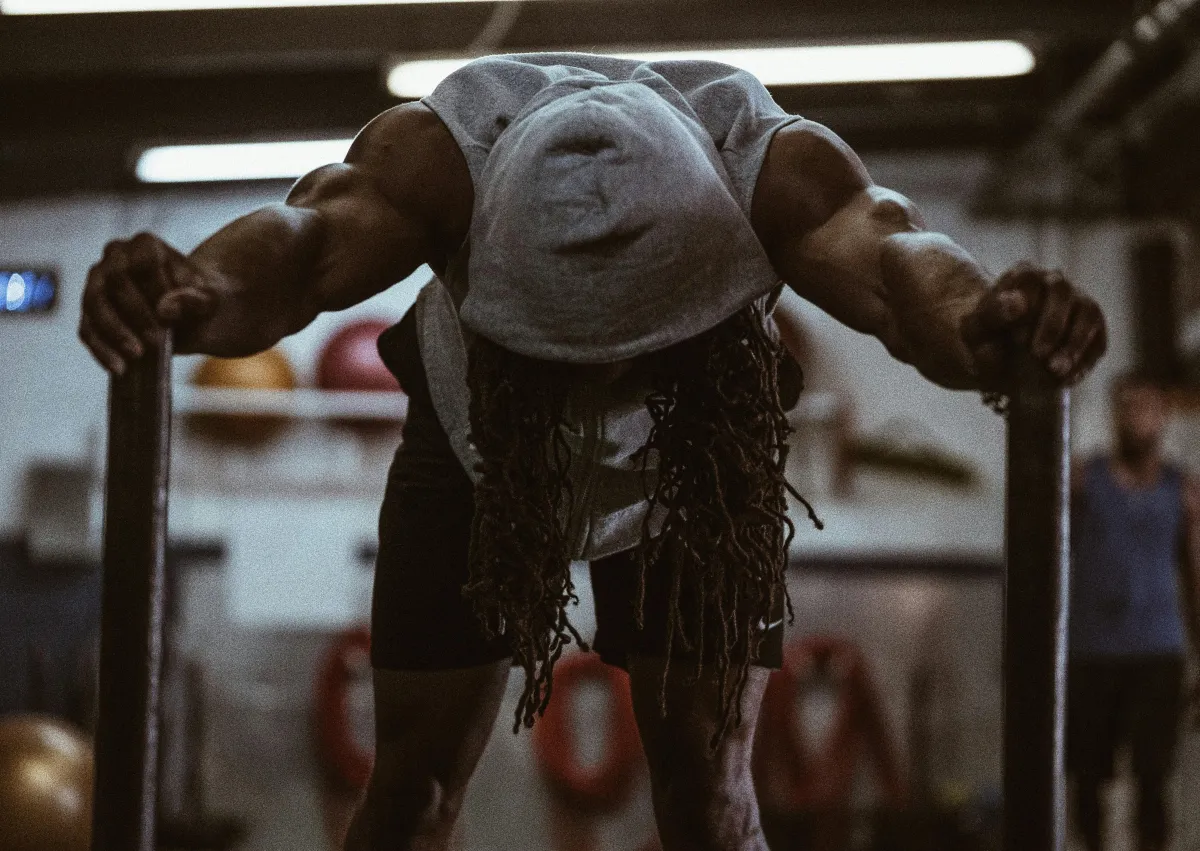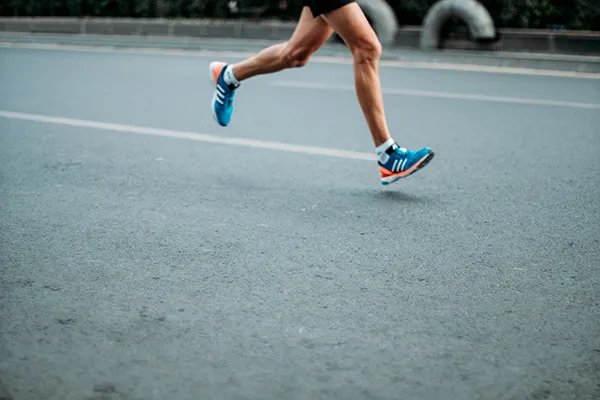
Strength, Conditioning & Nutrition Coaching
Tested With World Champions
As Seen on..




My job is to improve people's training and nutrition at all levels. From beginner all the way up to world champion.
My services are different from most other coaches & nutritionists. My background of training and coaching is in an environment where precision, specificity and results matter.
This can mean peak, world class performance. But it doesn't have to.
My approach to training takes three steps:
- Figure out the bottlenecks. What’s the biggest thing holding you back from becoming as strong and athletic as possible?
- Create a precise plan to maximise your development in the weeks, months and years to come
- Guide you through the execution, step by step
No nonsense. No guesswork. Just show up, work hard, and follow the steps. For everything else, I’ve got you covered.
I’m also an experienced nutrition coach. Over my years with fighters, it’s been an integral part of my job to help them reliably make their weight class. This meant helping people make a specific weight class by a specific date, all while staying healthy and able to perform at a high level in the gym and in competition.
My passion is helping people to realise their physical potential. If that’s something you want, let’s talk and we’ll make it happen.
3 Components of Peak Performance

Strength
Stronger people feel, look and perform better. I take a view of strength as the ability to move well and produce force in the situations that are most important to you.
Most people are sitting on a massive reserve of strength they haven't yet unlocked. I can help you do that.

Conditioning
Conditioning is our ability to use our strength, power and movement quality repeatedly, over and over again.
This goes hand in hand with strength if you want it to be useable in sport and in life. Everything we do puts demands on our ability to produce energy. The better we become at that the better we perform in general.

Nutrition
Nutrition is the most key and most overlooked part of long term physical success. Nothing works without giving ourselves the correct fuel in the correct way.
Proper nutrition is a lynchpin to your training, and will facilitate everything else you do. As an AfN Certified Nutritionist and an expert in weight management, my coaching will make sure you develop successful, sustainable nutrition habits.
I started training with Tom preparing for my world title win against Nong-O. As a result, I came into that fight stronger and more powerful than ever before.
I've worked with him for multiple world championship camps since then, in person and online, and have seen improvement across the board.
His approach to training is simple, effective and gets real results at the highest level.
Jonathan Haggerty - One Fc Muay Thai & k1 World Champion
Blog

Low Intensity Cardio For MMA - The Secret To A Better Gas Tank
It's 8am. I'm shirtless in an alleyway. 2 angry dogs are chasing me.
Sounds weird. but living in Thailand this happens on a daily basis. 5km run before morning training.
There are (or were) a lot of strays in certain parts of Thailand, who'd sit there waiting for a chase to happen every morning. Too bad, you still had to run. No ifs,' no buts, no questions.
I've not been shy about badmouthing running before (look out for the article on that one).
But the underlying idea is right here
For the past 20 or so years, there has been an obsession with high intensity training. There are entire gyms dedicated to high intensity cardio (they generally don't do it properly, but we'll save that for yet another article).
Fighting is a very intense sport, So naturally, we think high intensity sport = high intensity cardio. There's truth to that, but it's not the only thing you need. And more and more often it's over emphasised to the detriment of having well rounded conditioning.
For optimal conditioning we need more than just high intensity work. We need a strong low-intensity aerobic system too.
Here's 3 reasons why:
Your Aerobic System Is Your Backup (And More)
Your body uses different energy systems for different levels of intensity. The explosive, impressive, cool relies primarily on the high intensity systems. But the problem is they burn out fast. And they use a huge amount of energy while doing it.
Your low intensity (aerobic) system can't produce the same level of power, but it can run waay longer. The longer your fight goes, the more important it becomes.
This isn't just the system you fall back on either, it's the system responsible for refuelling the high intensity ones. When our high intensity systems inevitably burn out, they depend on our aerobic system to give them the space and resources the recharge and go again.
Fighting Isn't Just High Intensity
In studies like this one, a series of amateur MMA fights were time-motion analysed to find the amount of time spent in high vs low-intensity effort. They found that the ratio of high intensity to low intesity work was generally between 1:2 and 1:4. So for every 10 seconds of high intensity work in a fight, you can expect 20 to 40 seconds of low intensity work.
This should ring true if you've seen a lot of MMA fights. generally it's only panicky first time fighters who come out relentlessly swinging only to inevitably burn out. High level fights are generally characterised by short blasts of high intensity exchanges, with longer periods of footwork, movement and distance control in between.
The principle of specificity dictates that our training should match the demands of the sport. So if 65-80% of our time competing is spent at low intensity, it makes sense to optimise for that.
o by doing long, mid to low intensity steady state cardio, we build up that reserve. There's multiple ways to improve it - you can build up its power (so it can handle some more intense work) or its capacity (so it lasts longer).
Low & High Intensity Cardio Do Different Things
A standard question here is
"but can't I just train at a higher intensity and improve my cardio all round?"
It would save us a lot of time if we could. HIIT gyms will tell you you can. But unfortunately, it doesn't work that way.
Low intensity training causes the left ventricle in your heart to pump a large volume of blood. Doing this repeatedly with regular training causes the ventricle walls to stretch and get larger, like a balloon filling with water. Over time this results in a larger left ventricle, capable of pumping more blood with each heartbeat.
High intensity training causes its own different adaptation - it makes the ventricle walls thicker and stronger. But past a heart rate of around 150 BPM, the heart is pumping too fast for the left ventricle to ever be completely full. Because of this, high intensity work can never give you the same adaptation low intensity can.
Using Low Intensity
The general message here is that your conditioning should involve both high and low intensity work if you want the be the most complete, capable fighter you can be.
There is some wisdom in traditional road work for this very reason. Is it the best way to do it? No. But we'll save that for another article.

Privacy Policy + T&Cs

